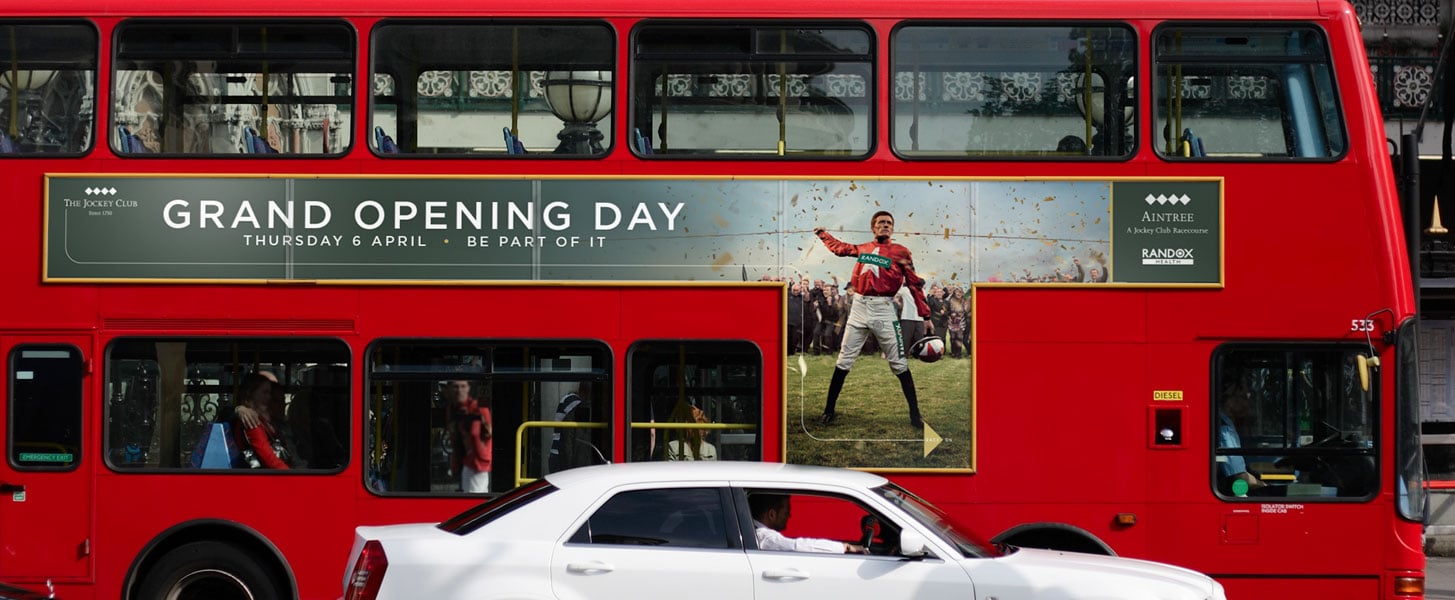- Blogs
- Back to all news
The Old Adage
In this day and age, does advertising really work?

Elyssa Fagan explores the question: In this day and age, does advertising really work?
As someone with a heavily PR-led background, I work with third party media sources to cover stories on my clients in the media. A PR lady myself, I value my ability to secure this type of media coverage for my clients; it never gets old, securing earned media and showing this to clients.
PR is important; coverage in media publications for your product or business is, in effect, third party endorsement, which is seen as more valuable and more credible than if you were to pay for advertising. However, does this mean that advertising isn’t valuable? Absolutely not.
Advertising is an important part of you marketing toolkit that shouldn’t be ignored. Gaining visibility and promoting your business through paying for space within a third party publication is an age-old practice. From traditional media through to digital practices and broadcast advertising, advertising options are now endless, and often businesses are left thinking, does advertising actually work?
This question is often posed by people really thinking the following:
‘Is traditional advertising really worth the investment?’ This really depends on a number of elements including the size and status of your business, what you’re looking to achieve from your advertising, who you’re looking to target, what other marketing tactics you’re utilising to complement this advertising and, of course, your budget.
Large businesses can afford the high cost of conventional advertising in printed nationals, with the tools and budget to place a number of adverts across a number of titles and mediums. TV advertising is still the strongest advertising medium. Pulling in 37% of global ad spend in 2015, it has the highest efficiency at achieving KPIs to drive sales, pro t and market share, and when bolstered by digital, the return on investment soars. The combination of TV and digital is the most powerful form of advertising, giving a 60% greater return that other mediums.
Research from the Advertising Research Foundation, which looked at 5,000 global campaigns and 12 years of data to compile its most recent results, showed that advertising does indeed work, and outlinedthat advertising across multiple platforms equals higher ROI for businesses. The study also showed that too much frequency in advertising and messaging across one single platform can lead to diminished results, and that businesses should look to smart spending across specific combinations of media, traditional alongside new media. This is great news for companies with large spending power, but small businesses need to be more strategic when looking at attributing budgets to platforms.
A key part of marketing which businesses need to ensure, whether this be through look or style, creative key messages or aligned red thread, is that the advertising, digital, SEO, web content, social media content, PR and branding all align cohesively across the board. Whilst differing platform advertising or release or copy can alter in content or format to best tailor the platform and audience, they should all fit together in one way or another. This would act as a giant marketing puzzle; customers should be able to see that all pieces, whether viewed independently or together, belong to your brand.
So we now know that advertising works, but these days it’s not just about placing one or two ads in a national; if you’re looking to reach those hard-to-please millennials, you’ll need to engage audiences and use more new media practicesto create awareness for your brand. Social media, such as Facebook, Twitter, Instagram and now, Snapchat, are fun ways to engage audiences in subtle ways. Many millenials now rely on word of mouth and what their friends are sharing to make decisions, so influencer endorsement through platforms such as YouTube and Instagram, are becoming more and more effective and sought after by brands. Combine these with some traditional media and you’re onto a winner.
If you don’t have the budget to invest in influencer engagement, look atmore cost effective options such as PPC, retargeting and social media advertising, and combine them with traditional advertising packages in smaller titles with digital reach, that cater specifically towards your desired audiences. These are a good place to start, once you’ve identified the following:
Target audiences: Who are you looking to engage with? If it is consumers, what type? Mothers with children, men aged 40+, or millennials?
Platforms: What platforms work for your target audience? Is this audience more likely to respond to a Facebook advertisement with a creative tailored to them, or would they react better to a video promoting a product, or an advert in their local paper?
Aims: What is a business trying to achieve with this advertising push? Is it looking for a consumer to do something specific, such as enter a poll, hand over data or buy a product? Does it want to drive people to the website for an education piece? Is it educating and driving them to take action, or simply engaging them?
KPIs: How will you measure success? Google analytics research says that typically it takes six to eight touches, or a consumer seeing or engaging with your brand at least six times, before they’re likely to buy, which means the more you can spread your advertising and marketing, the more likely you’ll see return on investment.